03 May 2024 - {{hitsCtrl.values.hits}}
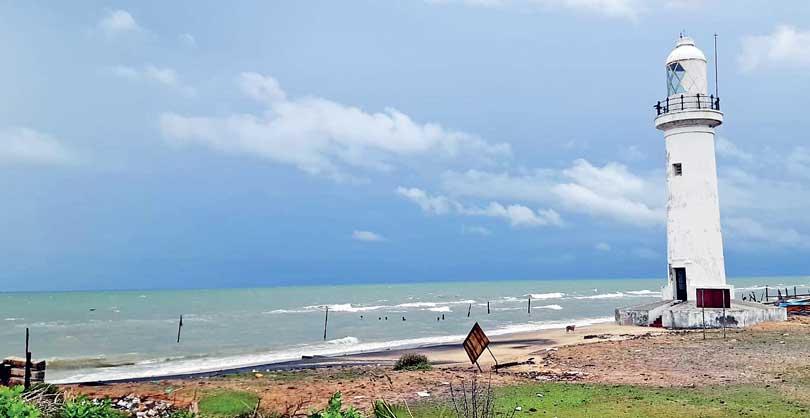
Back towards Mannar and I insist that we visit the Arippu Fort built in 1658. We find a square behind some modern houses and there lies the ruins of what would have been a barracks style fort. No roof but lots of rubble and a nice sign in English as to what stood there centuries ago.
Over fifty abandoned donkeys of centuries old Arabic origins live on site. All the donkeys have names, and host different coloured hair.
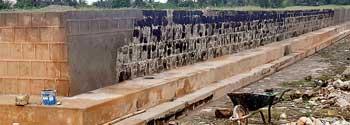 Do you have a travel bucket list? I’ve travelled extensively around my adopted home land of Sri Lanka for more than twenty years, but the town of Mannar some how had escaped me.
Do you have a travel bucket list? I’ve travelled extensively around my adopted home land of Sri Lanka for more than twenty years, but the town of Mannar some how had escaped me.
Six hours from Colombo we are in the vicinity of Manner and we have our first of many road checks. Security staff want to see who we are, where we are going and why. They can’t seem to read the letter we give them detailing who is traveling in the van, our foreign passports, and where we are staying.
Our three star hotel is a paradise with well-appointed rooms in massive gardens and wetlands. The area is a bird watchers paradise. Friendly staff who are keen to help, organise our dinner as we are running a bit late. There is a cacophony of frogs greeting us from the many water features scattered around this sanctuary.
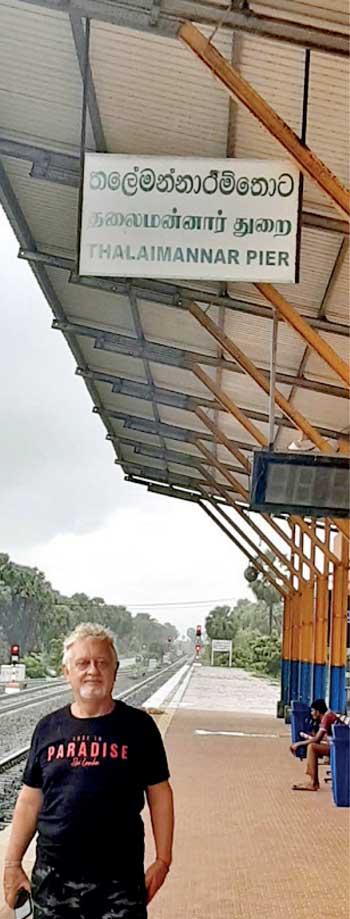 After some debate we find The Donkey sanctuary is the closest location on our list. It is a surprisingly well run and a clean set up, which is rarely seen in Sri Lanka. Over fifty abandoned donkeys of centuries old Arabic origins live on site. All the donkeys have names, and host different coloured hair. As we leave we spot the plaque that states one of the major founders is Otara of ODEL’s fame.
After some debate we find The Donkey sanctuary is the closest location on our list. It is a surprisingly well run and a clean set up, which is rarely seen in Sri Lanka. Over fifty abandoned donkeys of centuries old Arabic origins live on site. All the donkeys have names, and host different coloured hair. As we leave we spot the plaque that states one of the major founders is Otara of ODEL’s fame.
In less than twenty minutes we are at the Talaimannar pier, desolate, abandoned and quite sad to see. It had serviced the ferry link to India with the RMS Ramanujam vessel and a two rail track link that in its heyday could take you to Colombo or Jaffna. Originally the pier was 960 feet long and you step off the ferry onto the train. In 1964 it was badly damaged in a cyclone.
The story of Adam and Eve features in Christianity, Islam and Jewish history as the mothers of humanity. Though being a bit skeptical that in Mannar are the graves of these two people we are on route to the site. It’s an Islamic shrine with references going back beyond the 8th century. The two grave mounts measure 40 feet long for Adam and 38 feet for Eve. The mythical background as to why they are buried here is not known .
Back into town, more security checks and some bad roads get us to the Dutch fort dating back to 1560. Sadly, it’s not maintained so well. Although there are renovations going on they are not sympathetically being matched to the original ramparts. In design, it’s a typical multiple star shaped fort with thick walls surrounded originally by water. This fort is said to be built facing the inland and not the sea. Perhaps all ships had to pass it to enter or leave the fort. Most of the internal buildings are badly dilapidated with no roofs and the ramparts are a bit of a building site. There are a few Dutch gravestones and the site of an old chapel.
The main occupants of the town are Tamil Roman Catholics and Muslims though there are Hindu Kovils and Buddhist history. Its history goes back to trading with the Chinese and the Roman Empire way before the conquering Portuguese, Dutch or British came. This was in part due to trading of gems, pearls, spices etc.
So we head off to Adams Bridge which today is a surfing, kayaking, bird watching tourist destination. It’s the closest stretch of water between Sri Lanka and India between which there are 16 little islands. At one stage they believe the water levels were lower and it would have been possible to walk from one country to the other. This is reflected in the diversity of wild life in Sri Lanka. There are other mystical stories about Adams Bridge and the links between the two countries and their religions and ancient beliefs. Will there ever be a bridge between the two countries? It would create a lot more trade, tourism and wealth generation.
The town of Aripo (sounds Italian) 27kms from Mannar was a world leader in Pearl fishing, with pearl farming taking place from Mannar to Chilaw. The Portuguese took over the farms in 1524, and in 1798 The Governors Home was built facing the sea. This was one of the most impressive European structures on the island, with Greek style columns and massive arches of red brick, this must have been a sight to behold. Sadly neglect and major sea erosion have caused massive damage. Close by is the Doric Beacon column rising into the air which was built so fishermen and sailors would have a land mark to follow. There is no inscription on the monument.
Back towards Mannar and I insist that we visit the Arippu Fort built in 1658. We find a square behind some modern houses and there lies the ruins of what would have been a barracks style fort. No roof but lots of rubble and a nice sign in English as to what stood there centuries ago. Its claim to fame is that Robert Knox escaped to the fort from Kandy, having been a prisoner for 20 years of the King of Kandy. In his time he wrote much, studied the flora and fauna and the local culture. He wrote “A Historical Relation of the Island Ceylon” which inspired Daniel Defoe to write “Robinson Crusoe”.
There is so much more to see in the area but we are limited on time . A further visit will take place, during the bird migration season.
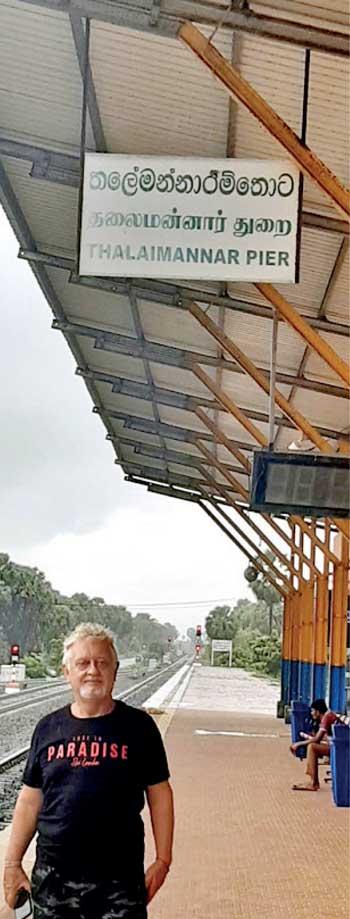 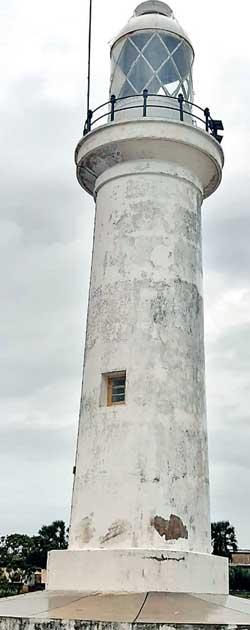 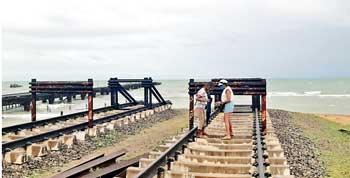 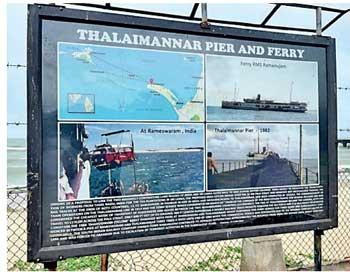 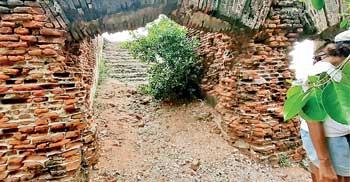 |
26 Dec 2024 3 hours ago
26 Dec 2024 4 hours ago
26 Dec 2024 5 hours ago
26 Dec 2024 7 hours ago
26 Dec 2024 8 hours ago